

Competition is typically centered on balance, fairness, and symmetric play. However, in mixed-ability competition, symmetric play is often not possible or desirable. Currently, it is not clear what can or should be done in the pursuit of the design of inclusive competitive experiences (in sports and games). In this paper, we interview 15 people with motor or visual disabilities who actively engage in competitive activities (e.g., Paralympics, competitive gaming). We focus on understanding engagement and fairness perspectives within mixed-ability competitive scenarios, highlighting the obstacles and opportunities these interactions present. We relied on thematic analysis to examine the motivations to compete, team structures and roles, perspectives on ability disclosure and rankings, and a reflection on the role of technology in mediating competition. We contribute with an understanding of (1) how competition is experienced, (2) key factors influencing inclusive and fair competition, and (3) reflections for the design of inclusive competitive experiences.
Pedro Trindade, João Guerreiro, André Rodrigues
CHI 2025 ‑ ACM Conference on Human Factors in Computing Systems, April, 2025
Honorable Mention
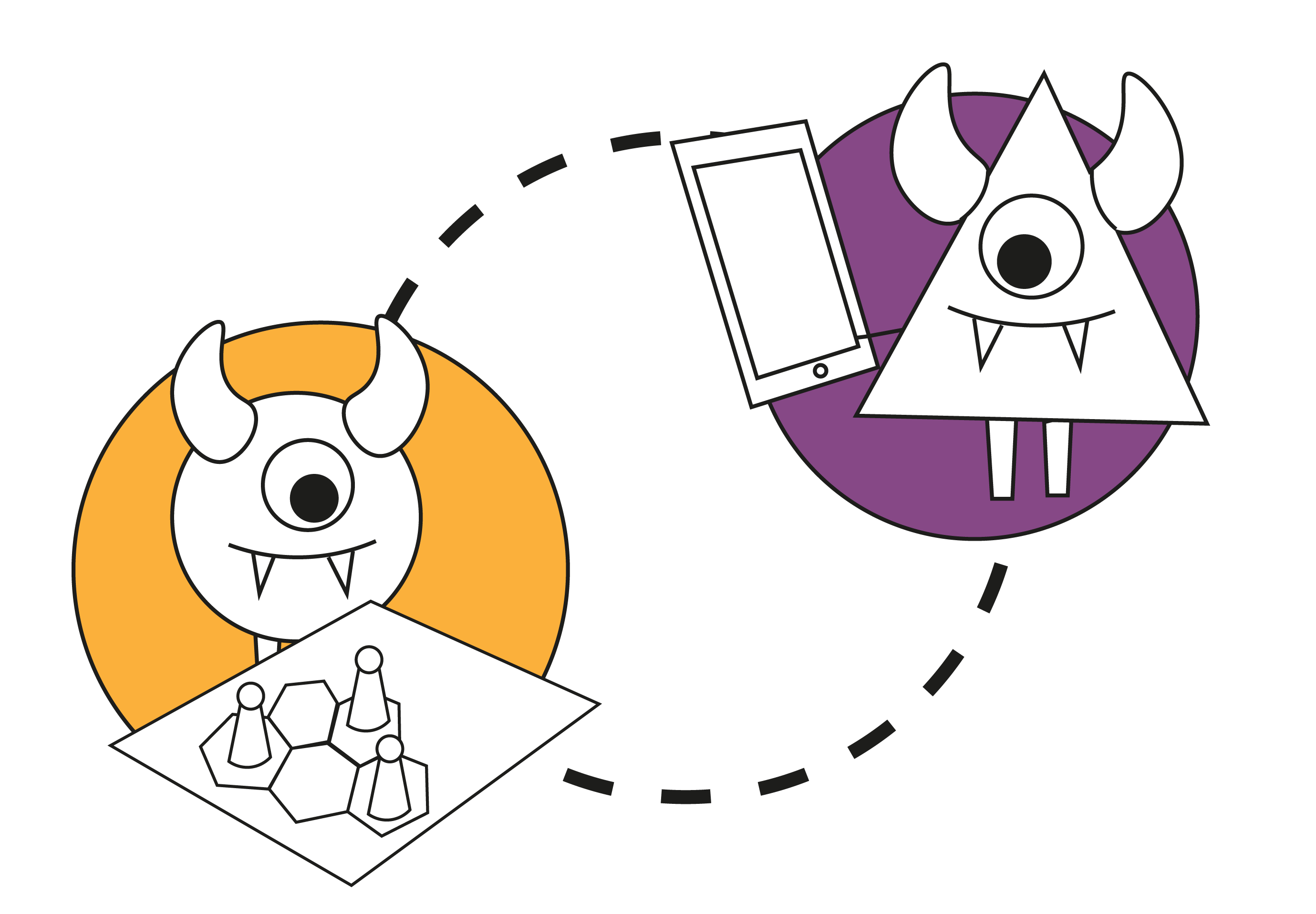
Game experiences can span multiple play sessions, which may evoke a sense of continuity. In this work, first, we investigate how the sense of continuity is perceived in digital and analog games. Second, we explore how players believe this sense can be achieved in experiences that transition between digital and analog sessions (i.e. transmedial play).
Inês Gil, David Gonçalves, João Guerreiro, André Rodrigues
CHI LBW 2025 ‑ Late-Breaking Work in ACM Conference on Human Factors in Computing Systems, April, 2025
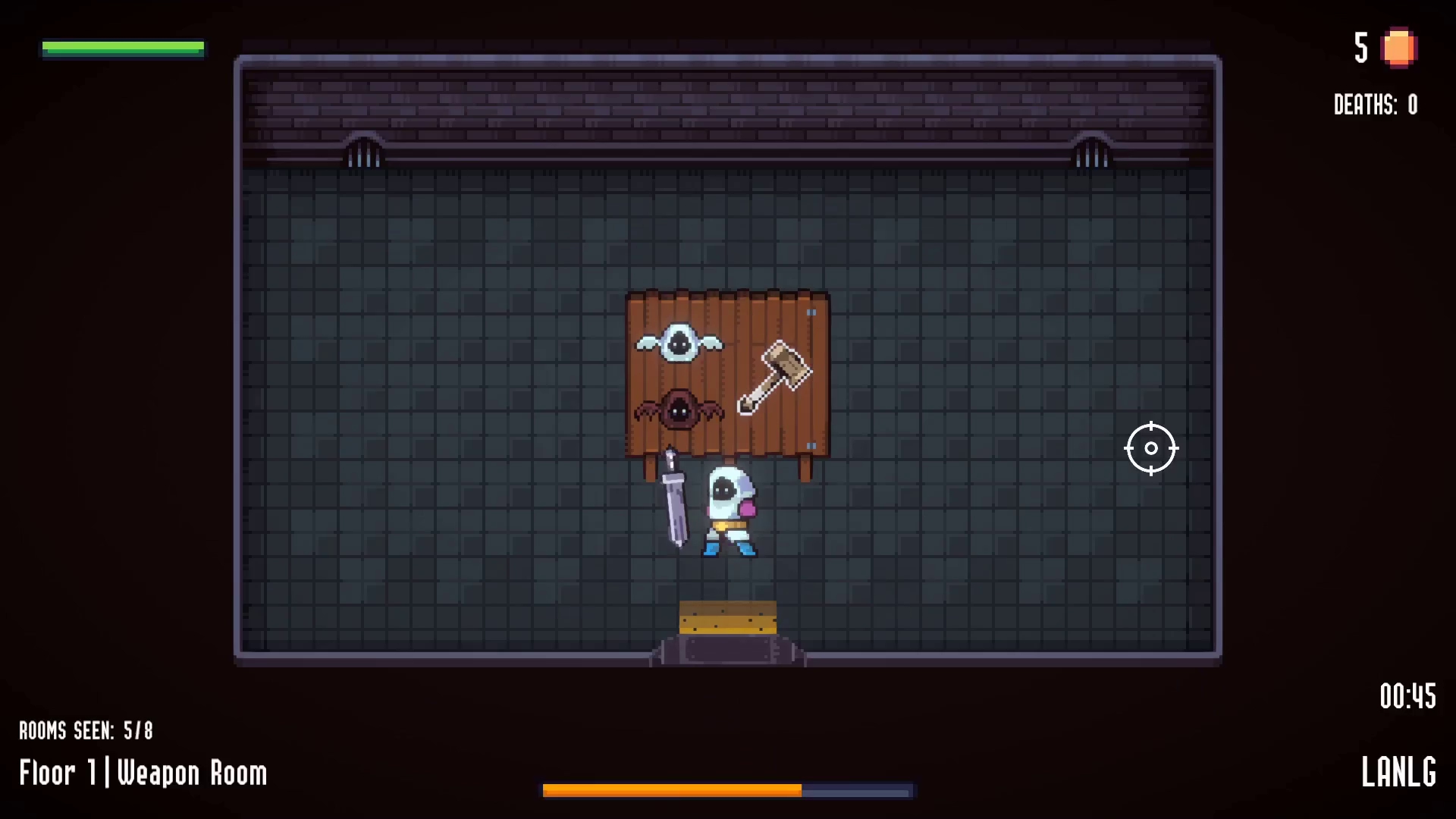
Addressing a gap in understanding nuanced variations of asymmetry of information, in this paper we propose a framework to analyse, ideate, design, and discuss asymmetry of information in gaming. We developed a digital cooperative game, exploring some of its dimensions, where players engage with information-based challenge puzzles. Through a user study involving ten pairs of players, we examined how various types of asymmetry of information influenced social interaction and player perspectives. Participants perceived asymmetry, influencing cooperation and progression. Asymmetry drove social interaction, shaping communication patterns and player engagement. Different configurations of asymmetry elicited distinct reactions, highlighting its impact on communication effectiveness and gameplay dynamics. Our study underscores the importance of understanding and leveraging dynamics such as these for crafting engaging and socially enriching gaming experiences.
Daniel Reis, Pedro Pais, David Gonçalves, Kathrin Gerling, André Rodrigues
VIDEOJOGOS 2024 ‑ International Conference on Videogame Sciences and Arts, December, 2024

Competitive games assume stereotypical players with equal abilities face mostly symmetric gameplay. For mixed-ability groups, equal challenges limit the design space and can be unappealing. Conversely, introducing asymmetric play raises concerns about fairness and balance. This work first explores competitive mixed-visual-ability games, focusing on understanding players' perspectives of competition, fairness, transparency, and asymmetric play. Our results reveal how disability disclosure can affect the experience, how design choices of asymmetry affect the perceived fairness, that asymmetric competition can be engaging, and the nuances between the perspectives of sighted and blind players.
Pedro Trindade, David Gonçalves, Pedro Pais, João Guerreiro, Tiago Guerreiro, André Rodrigues
VIDEOJOGOS 2024 ‑ International Conference on Videogame Sciences and Arts, December, 2024
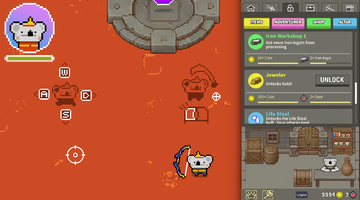
For families, where abilities, motivations, and availability vary widely, opportunities for intergenerational play are limited. Designing games that cater to these differences remains an open challenge. In this paper, we first identify barriers related with time and expertise. Next, we propose asymmetric game design and asynchronous play to reconcile children's and adults' requirements; and interdependent gameplay mechanics to foster real-world interactions. Following this approach, we designed a testbed game and conducted a mixed-methods remote study with six pairs of adult-child family members. Our results showcase how asymmetric, asynchronous experiences can be leveraged to create novel gaming experiences that meet the requirements of family play. We discuss how interdependent progress can be designed to promote real-world interactions, creating pervasive conversational topics that permeate the family routine.
Pedro Pais, David Gonçalves, Kathrin Gerling, Teresa Romão, Tiago Guerreiro, André Rodrigues
CSCW 2024 ‑ ACM Conference on Computer-Supported Cooperative Work and Social Computing, October, 2024
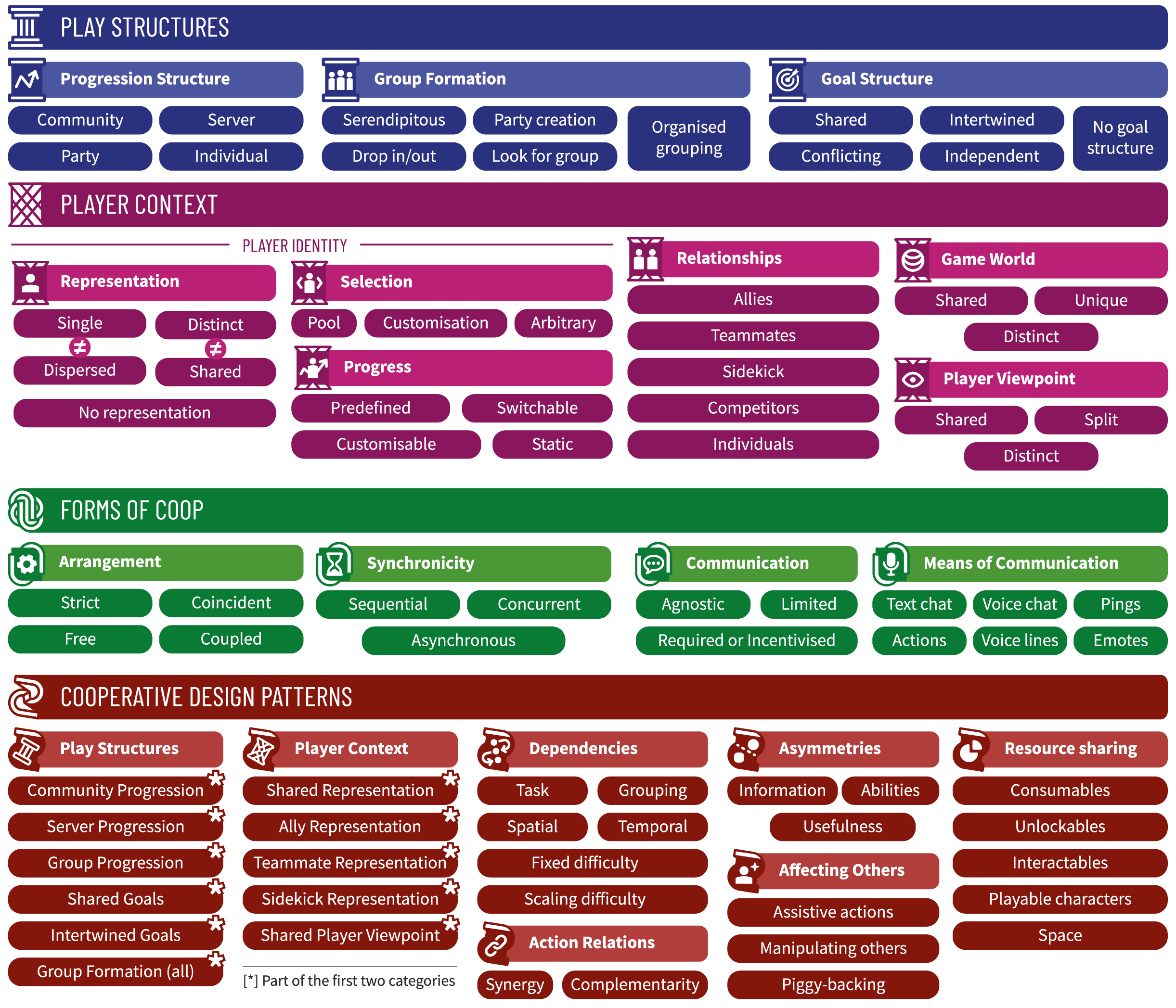
In this work, we introduce the Living Framework for Cooperative Games (LFCG), a framework derived from a multi-step systematic analysis of 129 cooperative games with contributions of eleven researchers. We describe how LFCG can be used as a tool for analyses and ideation, and as a shared language for describing a game’s design. LFCG is published as a web application to facilitate use and appropriation. It supports the creation, dissemination and aggregation of game reports and specifications; and enables stakeholders to extend and publish custom versions. Lastly, we discuss using a research-driven approach for formalising game structures and the advantages of community contributions for consolidation and reach.
Pedro Pais, David Gonçalves, Daniel Reis, João Godinho, João Morais, Manuel Piçarra, Pedro Trindade, Dmitry Alexandrovsky, Kathrin Gerling, João Guerreiro, André Rodrigues
CHI 2024 ‑ ACM Conference on Human Factors in Computing Systems, May, 2024
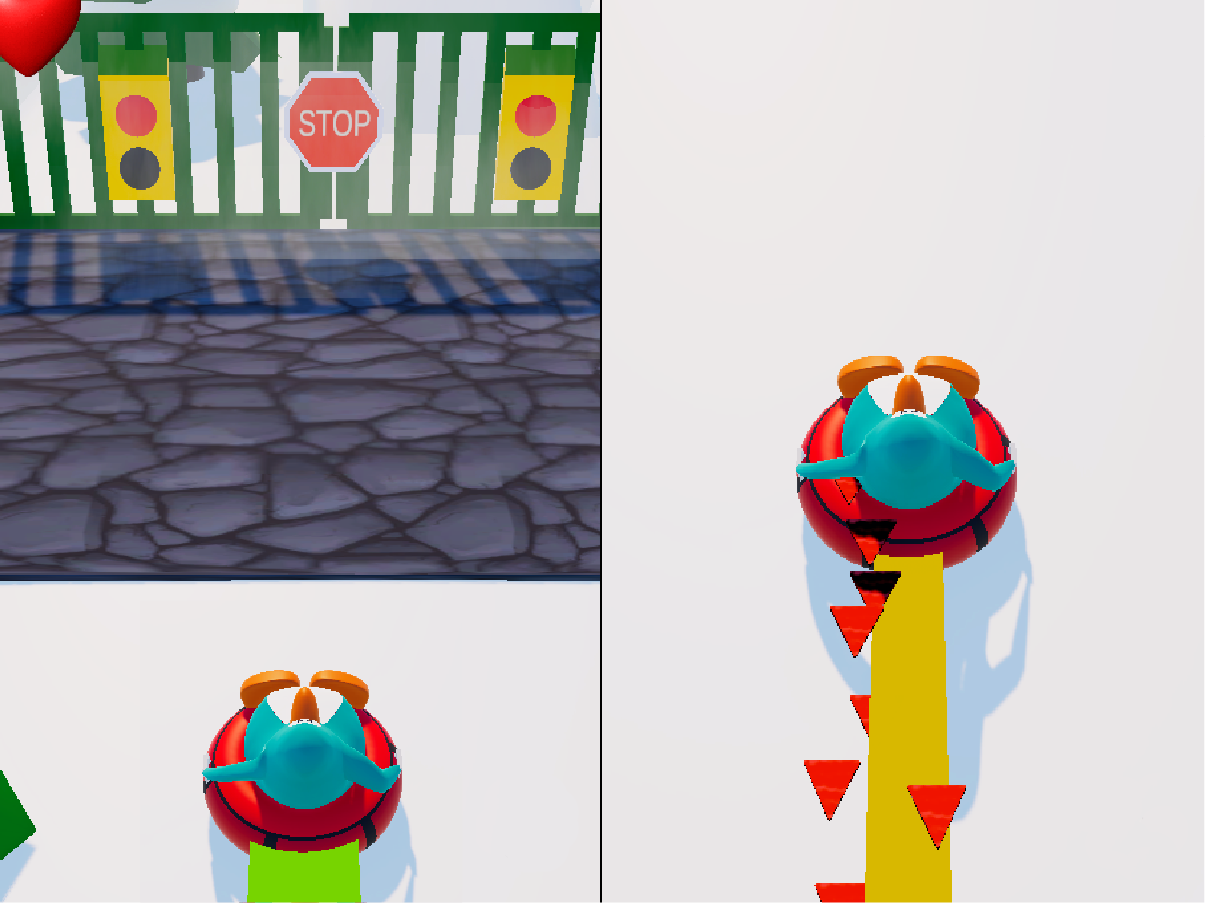
Disparate skill levels or expertise may result in unbalanced multiplayer experiences, where players feel frustrated, unchallenged, or left out. Some games employ player balancing mechanisms, such as matchmaking to group players according to their rank or, in racing games, players who lag behind receiving powerful boosts to catch up. We add to the understanding of player balancing in multiplayer gaming. First with a theoretical model that captures seven high-level design categories. Second, with a study where participant pairs experienced and gave their perspectives on seven different balancing mechanics in a racing game. Our results outline the importance of preserving a sense of merit and agency, while avoiding an obtrusive effect on the gameplay.
David Gonçalves, Daniel Barros, Pedro Pais, João Guerreiro, Tiago Guerreiro, André Rodrigues
CHI 2024 ‑ ACM Conference on Human Factors in Computing Systems, May, 2024

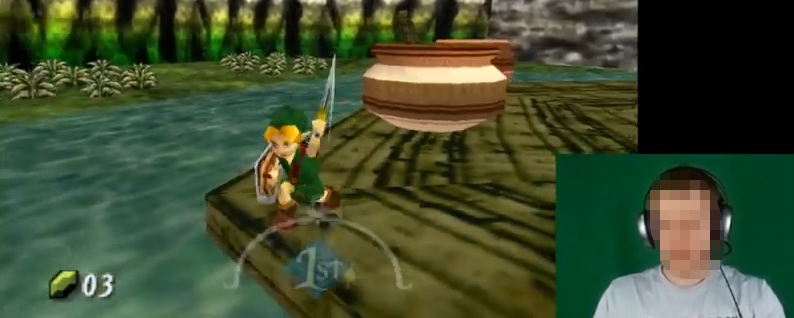
In this work, we analyze over 70 hours of YouTube videos, where blind content-creators play visual-centric games. We point out the various strategies employed by players to overcome barriers that permeate mainstream games. We reflect on ways to enable and improve blind players’ experience with these games, shedding light on the positive and negative consequences of apparently benign design choices. Our observations underline how game elements are appropriated for accessibility, the incidental consequences of audio design, and the trade-offs between accessibility, agency, and engagement.
David Gonçalves, Manuel Piçarra, Pedro Pais, João Guerreiro, André Rodrigues
CHI 2023 ‑ ACM Conference on Human Factors in Computing Systems, April, 2023
Best Paper Award
Social gaming: A systematic review
This work contributes with a systematized view of social aspects that permeate gaming experiences, while outlining directions and implications for future work. It presents a systematic review, covering 263 publications, with a particular focus on previous definitions and approaches, determinants that shape the experience, methodologies, and measurable outcomes.
David Gonçalves, Pedro Pais, Kathrin Gerling, Tiago Guerreiro, André Rodrigues
CHB 2023 ‑ Computers in Human Behavior, July, 2023